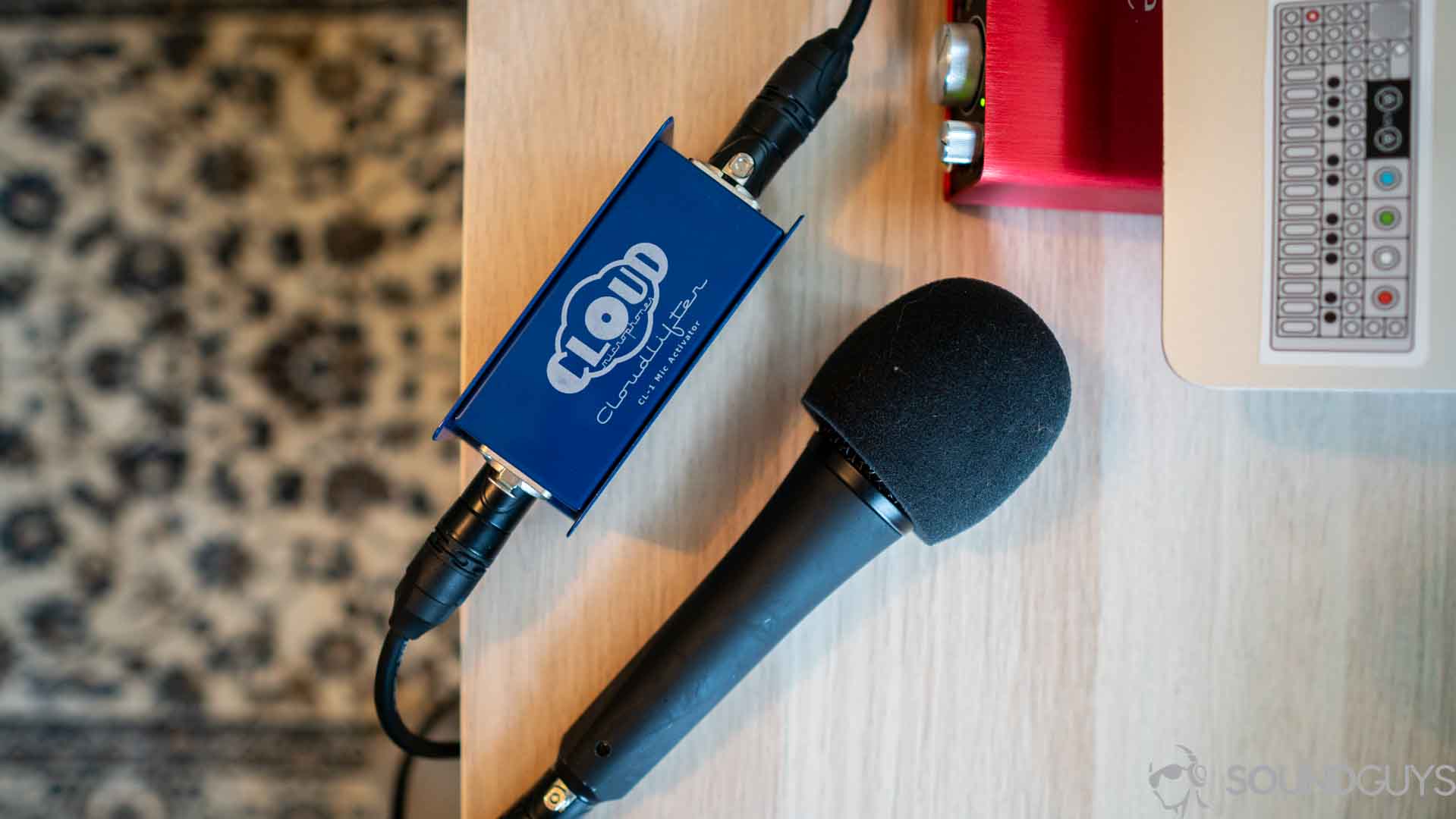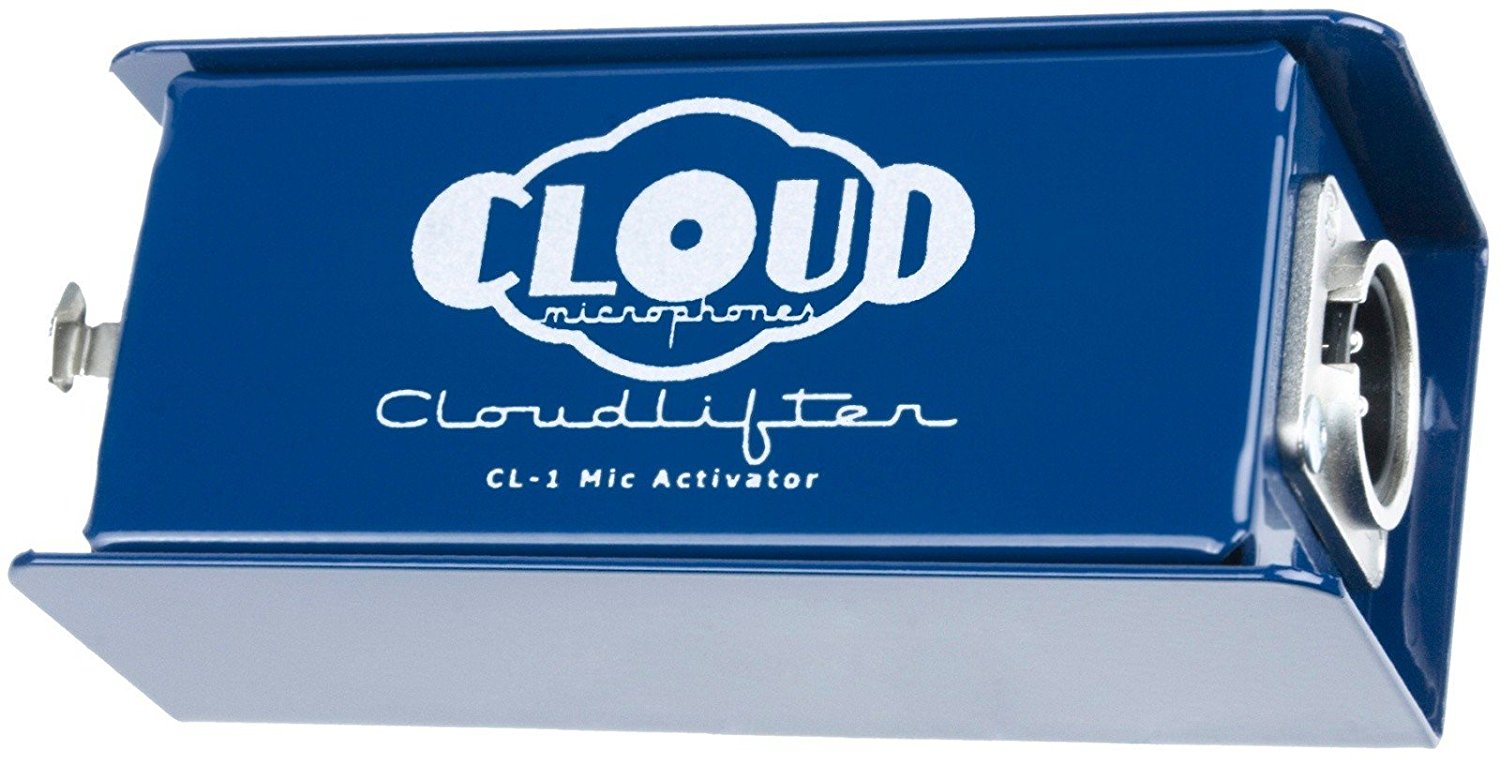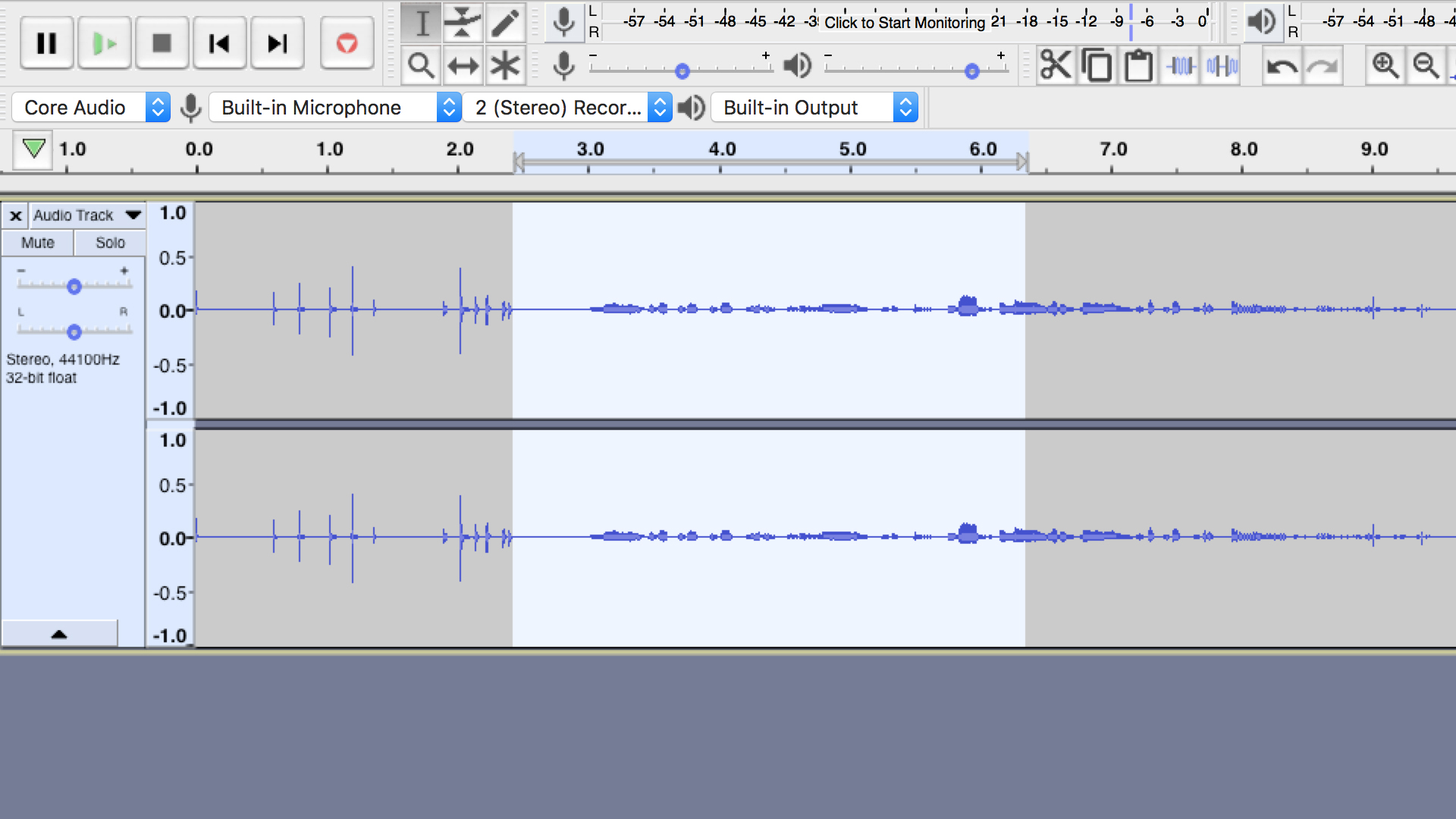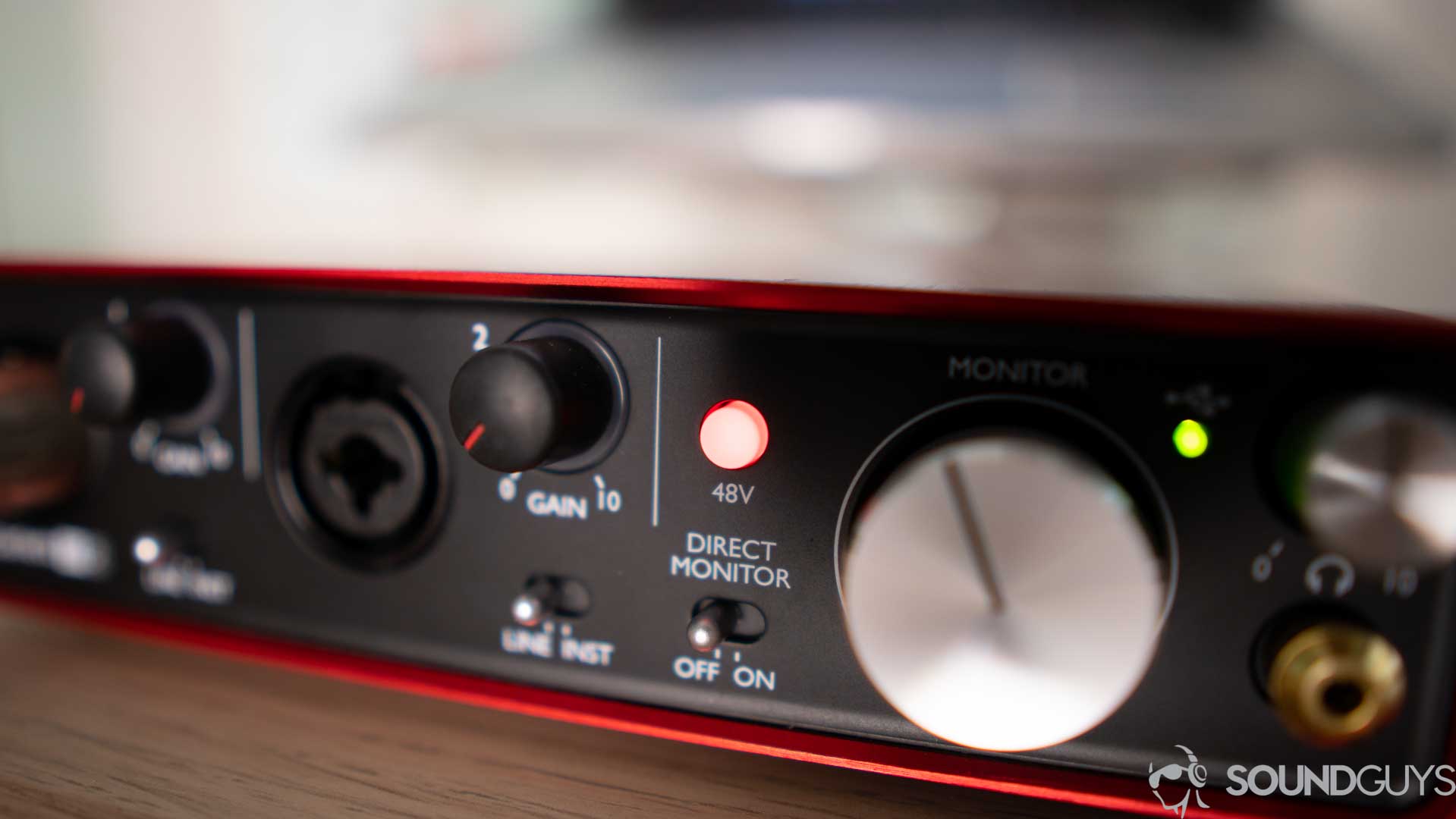All products featured are independently chosen by us. However, SoundGuys may receive a commission on orders placed through its retail links. See our ethics statement.

Cloud Microphones CL-1 Cloudlifter review
September 28, 2018
Cloud Microphones CL-1 Cloudlifter
Getting into the world of recording can seem daunting, but there’s never been a better time to do it. There are plenty of decent XLR mics out there for novice podcasters, and even rock-solid professional units are a little more attainable than they once were. However, recording is a very expensive endeavor, and one you can screw up. It’s entirely possible to buy the wrong equipment and be stuck saving up money to fix the problem—for example, many people buy the extremely good Scarlett 2i2 USB microphone interface, and try to pair a microphone with it that needs a lot more gain than it can provide. That’s where the Cloud Microphones CL-1 Cloudlifter comes in.
Editor’s note: this article was updated on December 13, 2021 to update knowledge needed for readers, add links, and remove outdated information.
What is the Cloud Microphones CL-1 Cloudlifter?
In short, the Cloud Microphones CL-1 Cloudlifter provides gain for your dynamic or ribbon mic without forcing you to throw out your USB interface—it boosts the microphone’s signal before it gets to the interface. If you’ve noticed your recordings are very quiet or that turning the gain up makes them very noisy, an in-line gain booster like the CL-1 Cloudlifter can help you out.

This product exists mostly because there’s a strange idea out there that you absolutely need a high-end mic like the Shure SM7B or Electro-Voice RE 20 to get good sounding recordings, and that’s simply not true. While they are incredible microphones, every step of your recording chain needs to be appropriately managed. If it isn’t, you won’t be getting the results you want.
The CL-1 Cloudlifter rescues people with mismatched equipment by using your interface’s phantom power (that +48V button on the front). When you enable the phantom power, the CL-1 Cloudlifter will convert that into roughly 25dB of gain without adding much noise. However, keep in mind that the power available to your interface is limited by your computer: if you’re not using a port that can carry enough current, you’ll run into issues.
Who should use the Cloud Microphones CL-1 Cloudlifter?
This product is purpose-built for people who want to record themselves, but are using the wrong microphones for their equipment. The truth of the matter is that not everyone needs a super-expensive microphone—chances are good that you’re not using the equipment that can best be paired with it, so the CL-1 Cloudlifter is a great way to ensure quality recording while you’re saving up for a better interface or standalone preamp.
The CL-1 Cloudlifter is perfect for someone who only needs one microphone, or as a stopgap for a more comprehensive preamp or interface.
Sometimes you can only afford one piece of hardware that you want to keep for the long haul, and a good microphone is usually the thing people go for—without realizing it’s putting the cart before the horse. Getting a good setup isn’t as easy as “good microphone = good sound,” you need to ensure that the power requirements are met by your equipment, and that’s not often something that’s obvious when you’re buying online. Microphones of all stripes have really come a long ways, and there are plenty of affordable options that work fantastically well for around $100, so we typically tell people to start there so they can afford a better interface that would allow them to upgrade later. For example, the Shure SM58 comes to mind.

The CL-1 Cloudlifter is perfect for someone who only needs one microphone, or as a stopgap for a more comprehensive preamp or interface. However, you may not even want to upgrade if you aren’t trying to coordinate an entire multi-speaker podcast—this unit works really well on its own.
Does the Cloud Microphones CL-1 Cloudlifter work well?

The measure of whether or not your preamp is adequate is that you:
- get an appropriate recording level
- can’t hear any audible noise in said recordings
If your preamp meets those criteria, it works well. I should know, as I’ve been using one on the SoundGuys Podcast from Episode 3 onward. While any recording is going to need some tweaking here and there to be perfect in every way you want it to be, a gain booster like the CL-1 Cloudlifter will make sure you don’t have to butcher your tracks too badly if you have a power-hungry mic.
Should you buy the Cloud Microphones CL-1 Cloudlifter?
While the CL-1 Cloudlifter is a somewhat niche product, it’ll help in a pinch if you’re on-location or need to clear up your desk a bit. At roughly $150, it’s not cheap, but neither is buying a more powerful audio interface. If you couldn’t resist the temptation to get a high-end mic and now need more juice: consider the CL-1 Cloudlifter as a stopgap solution to your gain problems.
Frequently asked questions about
The Cloudlifter CL-1 is only necessary when you can’t get your microphone loud enough on your recording when the gain knob is turned up. Chris uses a Cloudlifter with a Scarlett 2i2 for his recording setup, but it’s not necessary if you can get a loud enough signal without one.
Thank you for being part of our community. Read our Comment Policy before posting.